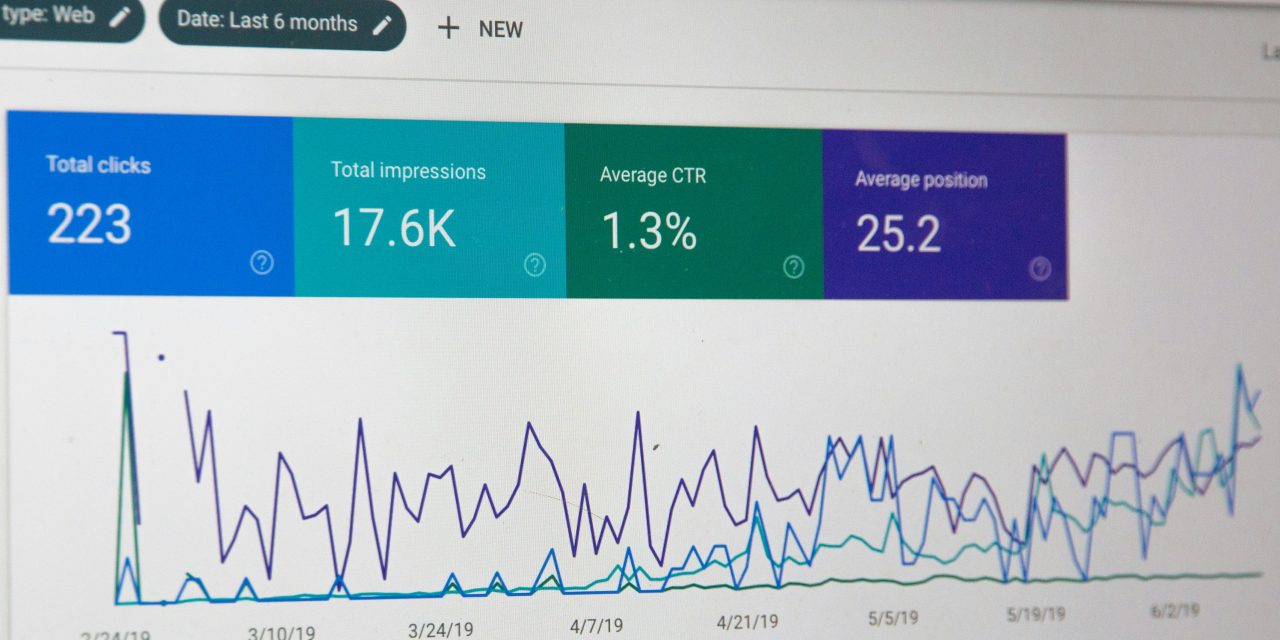At some time in your working environment, circumstances create the potentially overwhelming workload peak(s).
Peaks in workload can be occur for many reasons, including:
- Christmas Sales
- Black Friday
- Financial Year End
- Quarterly business reporting
- Monthly or Annual routines
All peaks in workload put the business and the staff under stress.
The peaks are usually known about in advance. This edition considers the potential to Automate the workload peak.
People Options
The work has to be completed and there is a time pressure to get it done.
In terms of people to perform the work, what are the options?
- Get staff who process the tasks to work more hours i.e. Overtime.
- Allocate more people from the existing team to the tasks in queue.
- Re-assigning existing staff from other teams to assist in completing the work
- Bring in temporary staff to undertake the tasks
Apart from people, a valid approach can be to set expectations that it will take a longer time to process the work, sometimes called a “Backlog”.
Work Quality Impact
Depending on the people approach to the workload peak there can be an impact on quality i.e. Number of Errors.
- When staff work more hours, do they make more errors?
- When staff work exclusively on one type of task, do they make more errors?
- Do staff who have been re-assigned result in more errors in the processing as they are less familiar with the tasks?
- Do temporary staff need a lot of training to undertake the tasks, and do they make more errors?
Research has sown that staff performing repetitive tasks typically make about errors at the rate of 4%.
Although IT applications provide validation, they cannot prevent valid but incorrect data / actions being taken.
Before the Peak
Preparation for a workload peak can mitigate some of its impact.
- Planning staff availability ensuring no training courses, minimising staff holiday, etc.
- Grant additional access to tasks for staff being re-assigned
- Provision logon user identities for expected temporary staff
After the Peak
By definition a peak will end, workload will return to normal levels but there will be activities to complete, such as:
- Removing access for temporary staff
- Restricting access from staff who had been re-assigned
- Resolving errors that emerge from work completed during the peak
- Staff may be in recovery mode, taking more time off (e.g. Holiday)
Review planning and operational performance to determine if the workload peak could be handled better next time?
Automate IT
A workload peak means that there is a large volume of the same activity to be completed.
When the tasks are performed on computer systems, there is the potential to automate the activity by using software robots.
By automating an activity which could involve multiple tasks, there is the potential to execute the automation as many times as required. The data used will change on each iteration just as when a person performs the task, but the interactions with the computer systems will be the same.
Each software robot can work 24 hours a day, 7 days a week. They provide a lot of capacity.
The capacity can be concentrated on a small number of tasks or if many different automations are available for processing a diverse set of activities can be undertaken according to priorities.
Changing the priorities for software robots is easily achieved so that tasks involved in the workload are focussed on.
Consideration is needed on whether all activities that are automated can be performed 24 hours a day or whether other constraints apply.
A software robot can complete tasks as quick as a person performing the activity manually. In fact, many scenarios will show that software robots work quicker than people, but it does depend upon a number of factors.
As workload peaks represent a relatively small number of activities the development of robotic processes is usually achieved in a short timescale and offer an attractive ROI.
Like all automation it can be important to consider the 80:20 rule. Some aspects of the tasks in the workload peak may be easier to automate than others. For example, by focusing the development of the automation on the “Happy Path” scenarios benefits can be delivered and staff can focus on dealing with the “Unusual”, “Exceptions” and “Errors”.
Designing implementations for people to work with software robots provides optimal solutions for most business operations.
Overall impact of Automating Workload Peaks
Automation is good for the business and is welcomed by staff. There can be some initial nervous reactions but when it enables staff development and a recognition that “Staff are worth it”.
Removing the repetitive boring tasks from an individual’s activities is desirable and once implemented, staff never want the automation switched off to resume manual processing.
For more information on Robotic Process Automation (RPA) and the journey to implement automation please see our website.
Feel the Difference – Automate Boring Work – RPA & AI – Productivity by Automation – Software Robots
#businessbeyondautomation
Article Author
David Martin
Managing Director, Ether Solutions
https://www.ether-solutions.co.uk/






